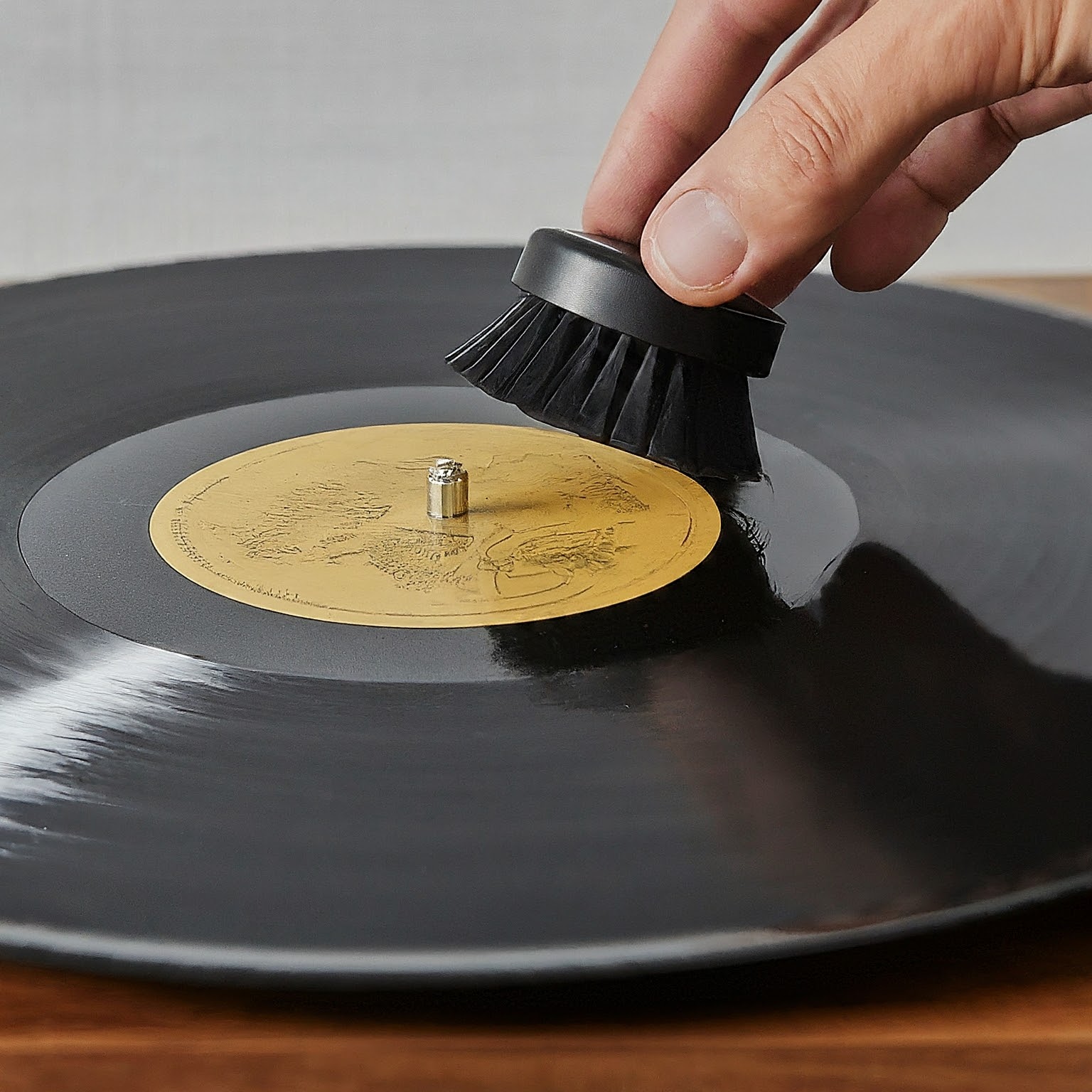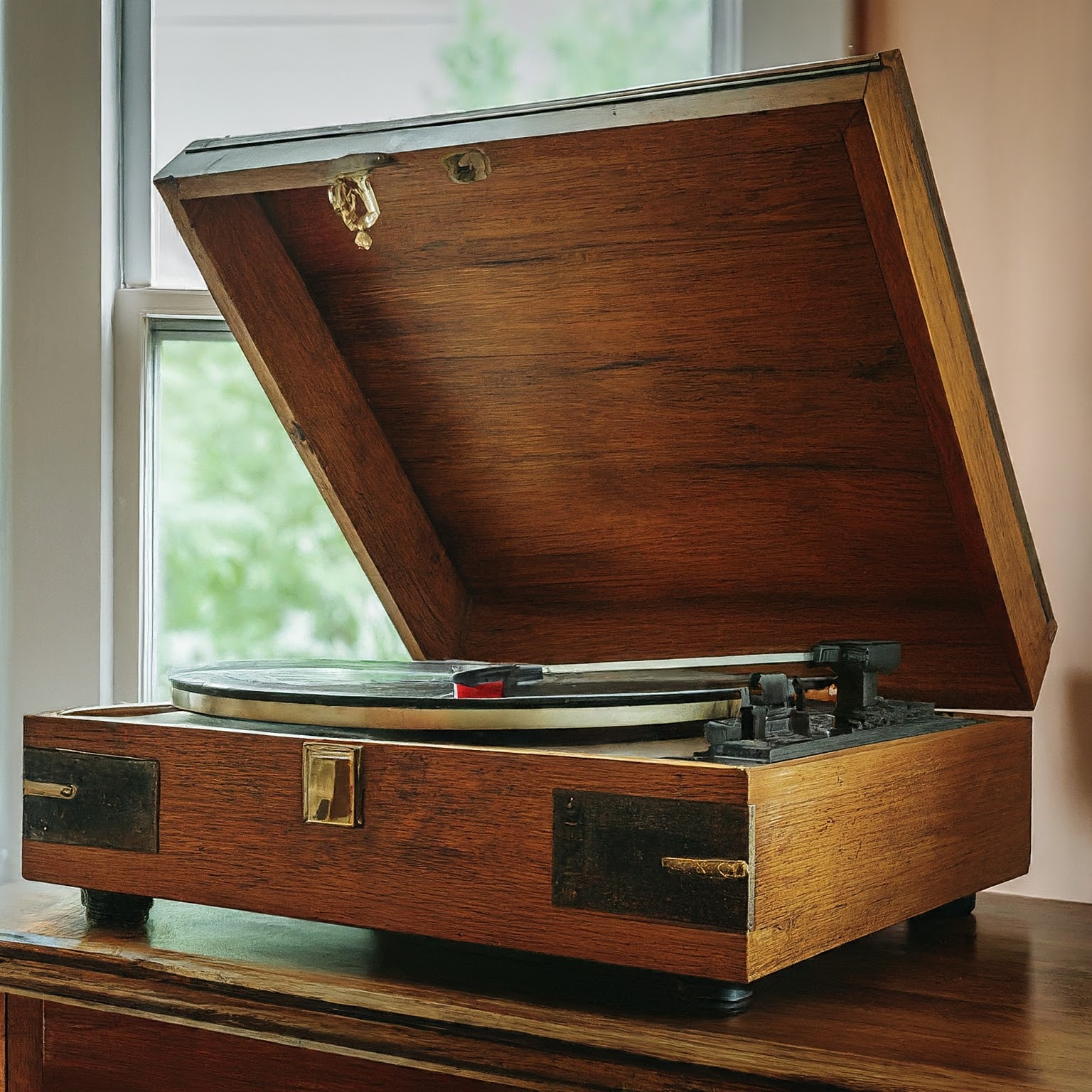
During the early 1960s, surf rock really consisted of two separate (but overlapping) strands of pop music. The first wave for surf rock was instrumental. A number of bands had already achieved mainstream success writing instrumental pop songs (including the Ventures) beginning in the late 1950s. Following from where those bands had achieved success, instrumental surf rock (considered to be “real” surf music to some) was conceived by Dick Dale in approximately 1960. Dick Dale was fronting his Deltones and playing as the house band at the Rendezvous Ballroom in Balboa Island (near Orange County) at the time. He wrote the first surf rock hit, “Let’s Go Trippin’,” after being goaded by a kid who asked him if he could only write vocal pop songs. Supposedly the song was untitled until a performance when Dale was telling the crowd that the song didn’t have a name yet, and someone shouted “Let’s go trippin'” which essentially meant, “shut up and play some music we can dance to.” The cut was a local hit in California and influenced a number of other bands who emulated the sound and eventually set off the surf rock craze in America.
The essence of instrumental surf rock was the heavy use of “wet” spring reverb and rapid alternating tremolo picking. Dale described the sound as “a staccato sound on the low key guitar strings, with a heavy, throbbing beat, like thunder, or waves breaking over you.” In other words, surf rock was intended to emulate the sound of the waves – and therefore was a perfect pairing with surfing. And although, the genre understandably developed in California – it grew into a phenomenon inspiring bands not just across the country, but across the world (including the Atlantics from Australia and Los Relampagos from Spain). Other genres, that can be seen as the spiritual kin to surf rock, based around instrumental guitar-based music, developed at the same time in other countries including “rautalanka” in Finland and “wong shadow” music in Thailand. Of course, surf rock itself was inspired in part by Middle Eastern and Mexican music. Its also interesting that one of the most well-known instrumental surf rock songs – “Misirlou” (featured prominently in Pulp Fiction) is actually a popular Greek song that has been popular as far back as 1927.
Surf rock didn’t remain a purely instrumental genre for long. The second wave of surf rock was vocals based. Instead of trying to imitate the sound of the waves to invoke the impression of surfing, these groups simply sang about surfing, surfer lifestyle, the beach and occasionally about cars (sometimes known as vocal hot rod rock). Musically there was frequently some overlap – and many surf bands wrote both types of songs (instrumental and vocal) – but vocal surf rock is better known for its lyrical content and strong vocal harmonies than for the instrumentation. Hands down the two most recognized vocal surf rock bands of all time were the Beach Boys and Jan & Dean, but other bands including the Honeys (which was the nickname in the 60’s for girls who surfed) and Ronny & the Daytonas had hits during the time.
Having really begun in 1960 or 1961, the surf rock craze was huge only until early 1964. Indeed, the beginning of the end for surf rock came on December 10, 1963 when Walter Cronkite did a story on CBS evening news about a music craze sweeping the U.K. called “Beatlemania.” His “Beatlemania” spot on the news sparked interest in the U.S. for this popular British rock n’ roll band, and only a week later the Beatles’ “I Want to Hold Your Hand” was played for the first time on the radio in the U.S. The impact on the national musical landscape was huge. The very last instrumental surf rock hit to earn a high spot in the charts in the U.S. followed shortly thereafter with The Pyramids’ cut “Penetration” in the early part of 1964. Even the juggernauts of vocal surf pop, the Beach Boys, were heavily influenced by the Beatles and quickly abandoned most reference to surf culture.
Musical Pairings @ eating/sf: the surf rock mix (zip file)
01. Dick Dale & His Del-Tones – Let’s Go Trippin’
02. The Pyramids – Bikini Drag
03. Ronny & The Daytonas – California Bound
04. Los Relampagos – Misirlou
05. Jan & Dean – The New Girl In School (Extended Version)
06. The Honeys – He’s A Doll
07. The Fender IV – Malibu Run
08. The Ventures – Walk Don’t Run
09. The Astronauts – The Hearse
10. The Jalopy Five – California Street
11. The Chantays – Pipeline
12. The Surf Teens – Moment of Truth
Have you heard influences of surf rock in any popular bands? Are there any of the classics that you would have liked to see on the mix that I forgot? Any other thoughts on surf rock? I’d love to read your comments.
*picture by real plastic trees



